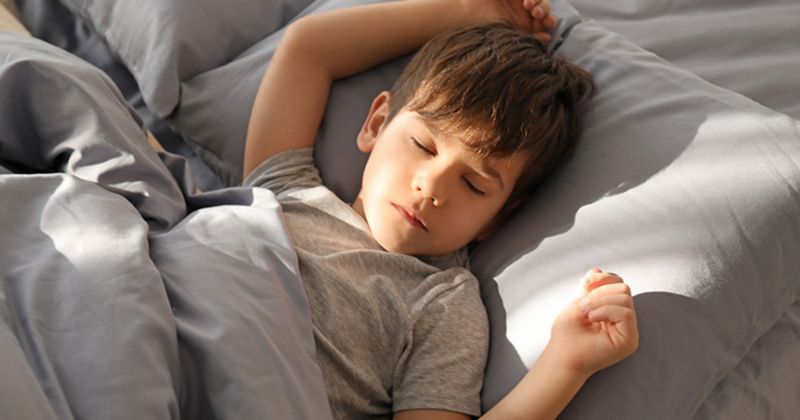Study does not support intranasal corticosteroids for most children with obstructive sleep apnea
Intranasal corticosteroids for the treatment of mild to severe obstructive sleep apnea in children did not result in significant changes in symptoms, polysomnography findings and neurobehavior, researchers reported in Chest.
“Studies have suggested that intranasal corticosteroids may be effective in the treatment of childhood OSA syndrome,” Ignacio E. Tapia, MD, an attending pulmonologist in the department of pediatrics in the division of pulmonary and sleep medicine at the Children’s Hospital of Philadelphia, and colleagues wrote. “However, these studies have been limited by factors such as small size, lack of randomization and blinding, short-term follow-up, involvement of children with only very mild OSA syndrome, and/or lack of stratifying for the presence of atopy.”

Researchers conducted a randomized, double-blind, placebo-controlled trial that included 134 children with OSA aged 5 to 12 years (mean age, 8 years). These children were randomly assigned to 1 to 3 months of intranasal corticosteroids (n = 91) or placebo (n = 43) from November 2014 to January 2019. Eighty-five children in the intranasal corticosteroids group were also re-randomized to 9 months of therapy or placebo. At baseline, 3 and 12 months, researchers measured polysomnography, neurobehavioral findings and symptoms.
The primary outcome was change in obstructive apnea-hypopnea index (AHI) by 3 months.
The median obstructive AHI for all children was 5.8 per hour. The change in obstructive AHI was not different between children assigned intranasal corticosteroids compared with placebo at 3 (median change from baseline, –1.7 vs. –1.3; P = .77) and 12 months (median change from month 3 to 12, 0.1 vs. 1; P = .47).
In addition, there were also no differences in the Conners Kiddie Continuous Performance Test to measure neurobehavior (median change from baseline, 0.2 vs. –0.4; P = .1) and the Modified Epworth Sleepiness Scale to measure OSA symptoms (median change from baseline, 0 vs. 0; P = .1) at 3 months. There were also no differences between neurobehavioral results (median change from month 3 to 12, –1.5 vs. –0.1; P = .47) and OSA symptoms (median change from month 3 to 12, 0 vs. –1) at 12 months.
Overall, 38 children receiving intranasal corticosteroids for 12 months had a decrease in obstructive AHI from 7.2 to 3.7 per hour (P = .039).
Regarding safety, one child in the intranasal corticosteroids group withdrew from the study at 3 months due to unrelated events, according to the researchers. Children in the placebo group had more asthma exacerbations (18 vs. 3), upper respiratory tract infections (90 vs. 67) and OSA exacerbations (6 vs. 0) compared with children in the inhaled corticosteroids group.
“Further targeted trials are needed in children most likely to benefit from INCS, including those with OSA syndrome who have comorbid allergic rhinitis, to better target therapy,” the researchers wrote.
